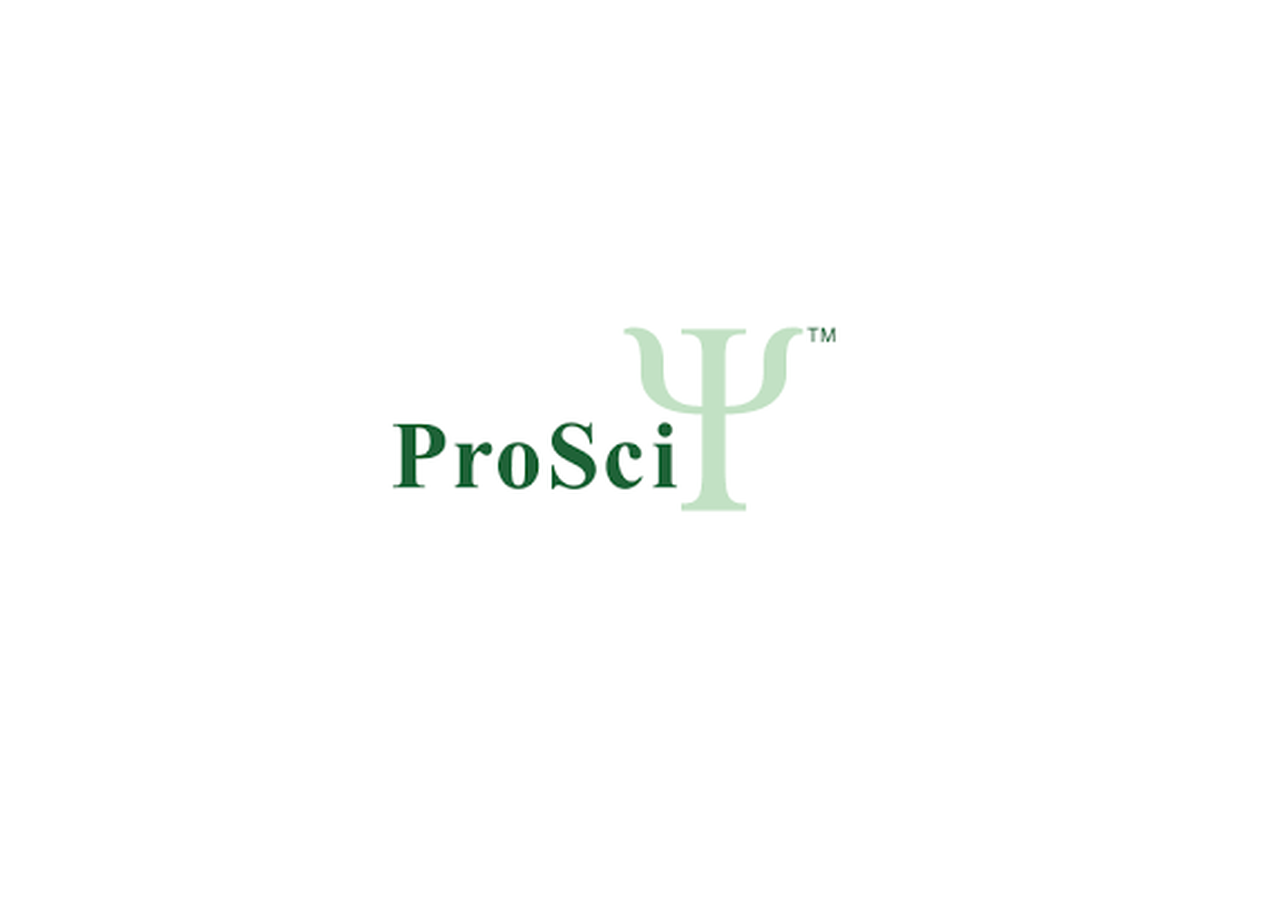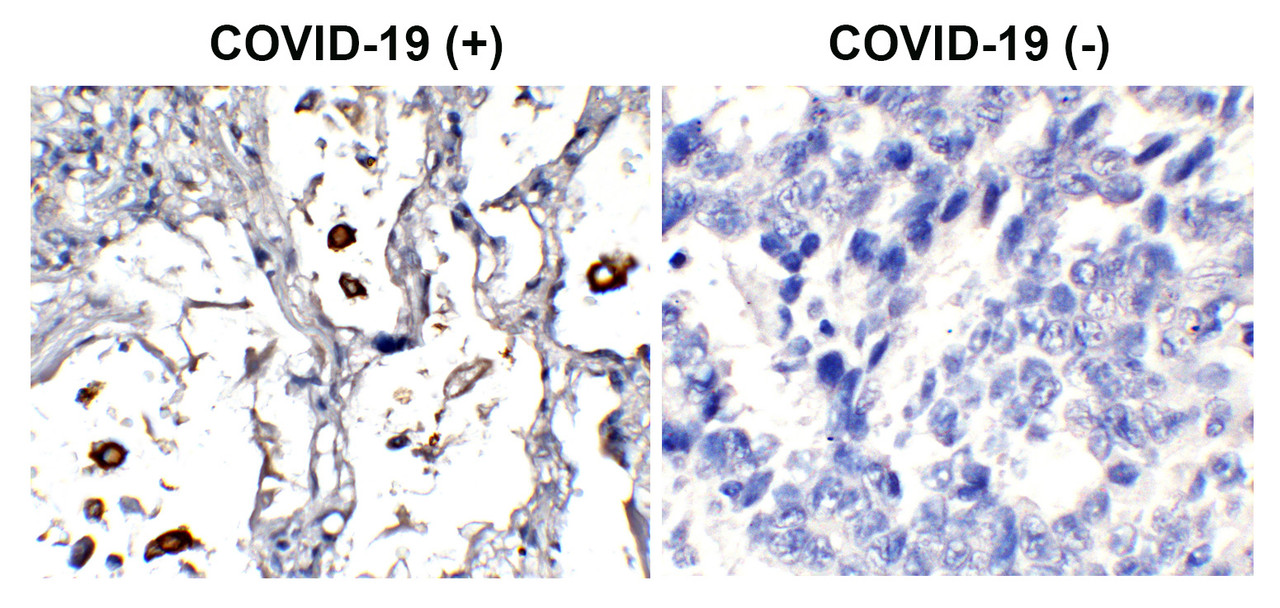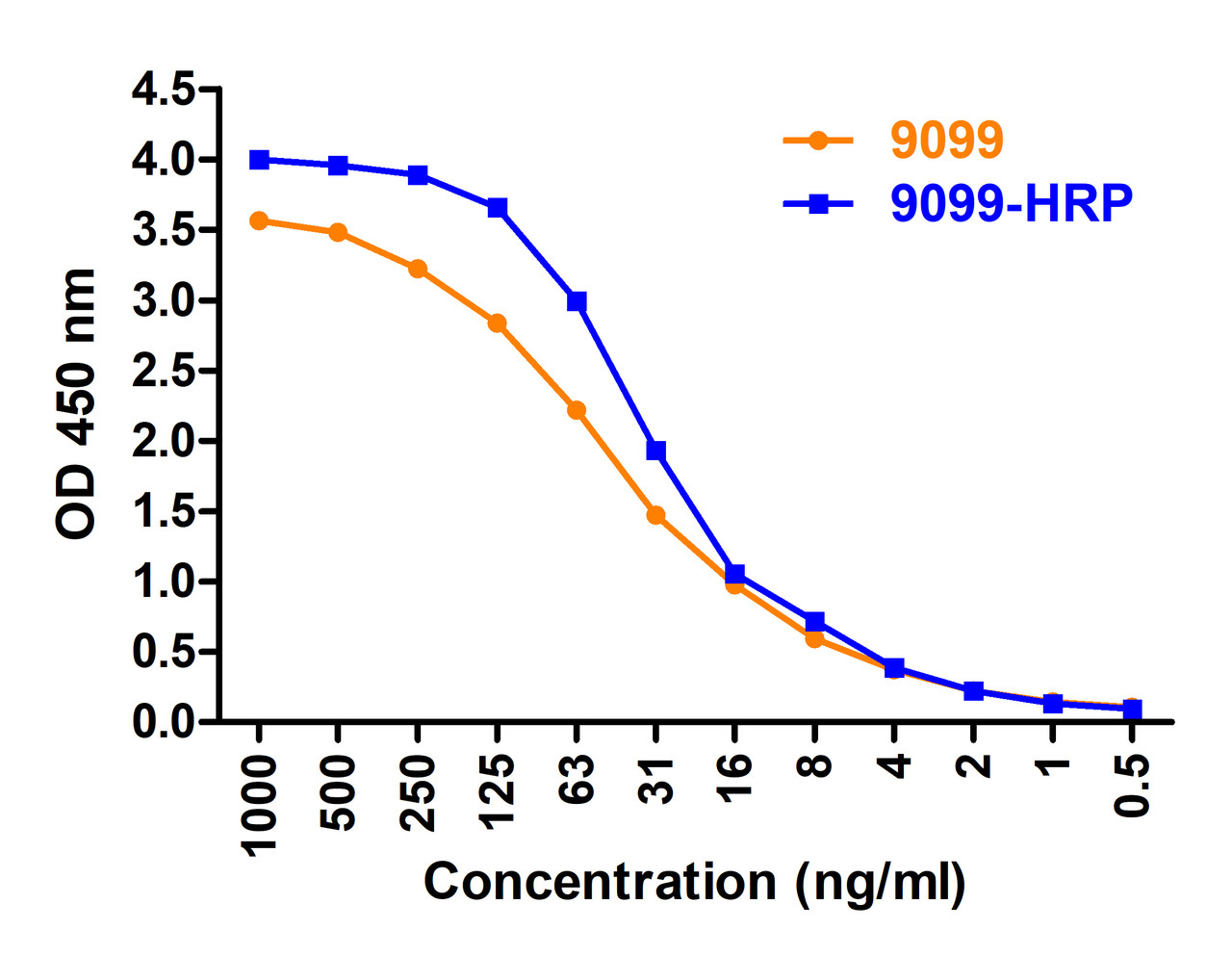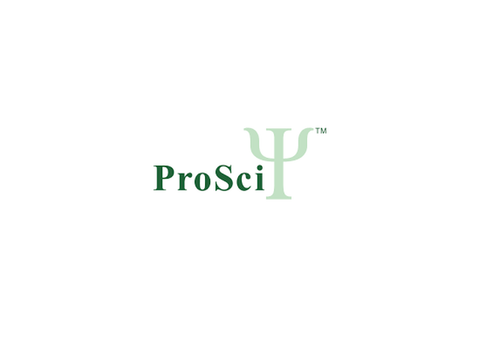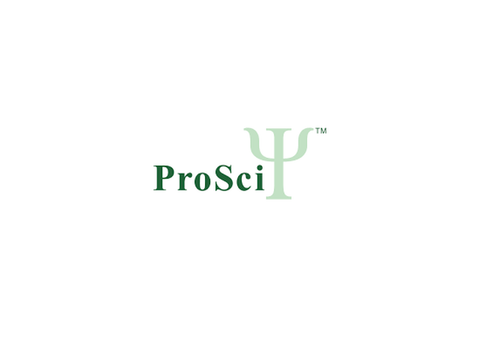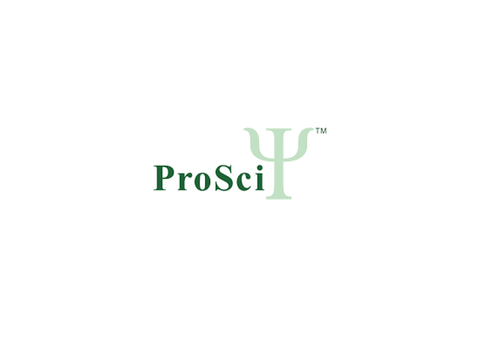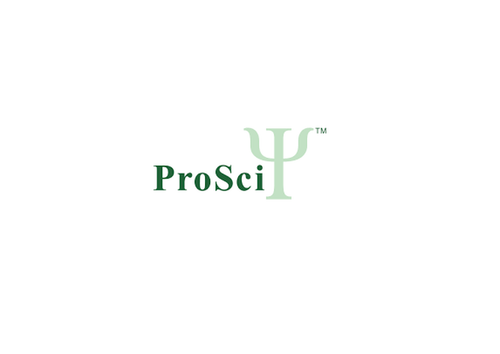Product Description
SARS-CoV-2 (COVID-19) Nucleocapsid Antibody (HRP) | 9099-HRP | ProSci
Host: Rabbit
Reactivity: Virus
Homology: Predicted reactivity based on immunogen sequence: SARS-CoV Nucleocapsid proteins: (100%)
Immunogen: Anti-SARS-CoV-2 (COVID-19) Nucleocapsid antibody (HRP) (9099) was raised against a peptide corresponding to 17 amino acids near the center of SARS-CoV-2 (COVID-19) Nucleocapsid protein.
The immunogen is located within 230-280 amino acids of SARS-CoV-2 (COVID-19) Nucleocapsid protein.
Research Area: Infectious Disease, COVID-19
Tested Application: E, IHC
Application: IHC: 1 μg/mL
Antibody validated: Immunohistochemistry in COVID-19 patient samples. All other applications and species not yet tested.
Specificiy: N/A
Positive Control 1: N/A
Positive Control 2: N/A
Positive Control 3: N/A
Positive Control 4: N/A
Positive Control 5: N/A
Positive Control 6: N/A
Molecular Weight: N/A
Validation: N/A
Isoform: SARS-CoV-2 (COVID-19) Nucleocapsid has one isoform (419aa) .
Purification: SARS-CoV-2 (COVID-19) Nucleocapsid Antibody is affinity chromatography purified via peptide column.
Clonality: Polyclonal
Clone: N/A
Isotype: IgG
Conjugate: HRP
Physical State: Liquid
Buffer: SARS-CoV-2 (COVID-19) Nucleocapsid Antibody is supplied in PBS containing 0.02% sodium azide.
Concentration: 1 mg/mL
Storage Condition: SARS-CoV-2 (COVID-19) Nucleocapsid antibody can be stored at 4˚C for three months and -20˚C, stable for up to one year. As with all antibodies care should be taken to avoid repeated freeze thaw cycles. Antibodies should not be exposed to prolonged high temperatures.
Alternate Name: SARS-CoV-2 (COVID-19) Nucleocapsid antibody: Severe acute respiratory syndrome coronavirus 2 (SARS-CoV-2) , Nucleocapsid protein, N protein, Nucleocapsid Phosphoprotein
User Note: Optimal dilutions for each application to be determined by the researcher.
BACKGROUND: Coronavirus disease 2019 (COVID-19) , formerly known as 2019-nCoV acute respiratory disease, is an infectious disease caused by SARS-CoV-2, a virus closely related to the SARS virus. The disease is the cause of the 2019–20 coronavirus outbreak (1) . SARS-CoV-2 is the seventh member of the enveloped, positive-stranded RNA viruses that are able to infect humans. The SARS-CoV-2 genome, like other coronaviruses, encodes for multiple structural and nonstructural proteins. The structural proteins include spike protein (S) , envelope protein (E) , membrane glycoprotein (M) , nucleocapsid phosphoprotein (N) , and the nonstructural proteins include open reading frame 1ab (ORF1ab) , ORF3a, ORF6, ORF7a, ORF8, and ORF10 (2) . Nucleocapsid (N) protein is the most abundant protein of coronavirus. It is also one of the major structural proteins and is involved in the transcription and replication of viral RNA, packaging of the encapsidated genome into virions (3) , and interference with cell cycle processes of host cells (4) . Moreover, in many coronaviruses, including SARS-CoV, the N protein has high immunogenic activity and is abundantly expressed during infection (5) . It can be detected in various patient samples including nasopharyngeal aspirate, urine, and fecal. Both S and N proteins may be potential antigens for serodiagnosis of COVID-19, just as many diagnostic methods have been developed for diagnosing SARS based on S and/or N proteins (6) .
 Euro
Euro
 USD
USD
 British Pound
British Pound
 NULL
NULL

